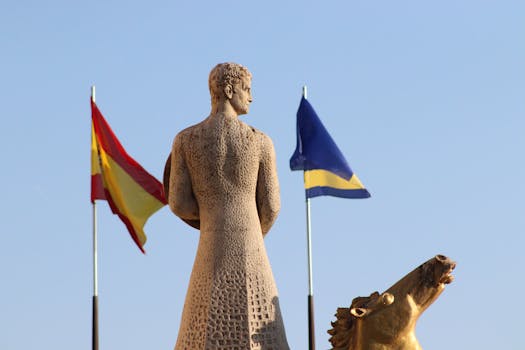
Traveling Through Time: How Europe’s Historical Heritage Shapes Modern Lifestyles in 2025
Traveling Through Time: How Europe’s Historical Heritage Shapes Modern Lifestyles in 2025. Europe, a continent steeped in history and tradition, has a unique ability to blend the past with the present. As we navigate the complexities of modern life in 2025, it’s fascinating to explore how Europe’s historical heritage continues to shape our lifestyles. From the grand architecture of ancient civilizations to the vibrant art scenes of modern cities, the continent’s rich cultural tapestry is a testament to its enduring legacy.
A Brief History of Europe
To understand the significance of Europe’s historical heritage, it’s essential to delve into the continent’s fascinating past. From the Roman Empire to the Renaissance, and the Industrial Revolution to the modern era, Europe has been shaped by a multitude of events, movements, and cultural influences. Each period has left an indelible mark on the continent, contributing to the diverse and complex cultural landscape we see today.
The Impact of Historical Heritage on Modern Lifestyles
So, how does Europe’s historical heritage shape modern lifestyles in 2025? The answer lies in the many ways the past continues to influence our daily lives. For instance, the continent’s architectural heritage has a significant impact on urban planning and design. Many modern cities in Europe are built around historical landmarks, such as Rome’s Colosseum or Paris’s Notre-Dame Cathedral. These iconic structures not only attract tourists but also serve as a reminder of the continent’s rich cultural history.
In addition to architecture, Europe’s historical heritage also influences the continent’s vibrant art scene. From the works of Renaissance masters like Leonardo da Vinci and Michelangelo to the modern street art of cities like Berlin and Barcelona, Europe’s artistic heritage is a testament to its creative and innovative spirit.
Cuisine and Traditions
Europe’s historical heritage also has a profound impact on the continent’s cuisine and traditions. From the hearty dishes of German cuisine to the delicate flavors of Italian cooking, each country’s unique culinary heritage is a reflection of its cultural history. Similarly, many European traditions, such as the Spanish siesta or the French joie de vivre, are deeply rooted in the continent’s historical past.
Conclusion
In conclusion, Europe’s historical heritage plays a significant role in shaping modern lifestyles in 2025. From architecture to art, and cuisine to traditions, the continent’s rich cultural tapestry is a testament to its enduring legacy. As we move forward in an increasingly globalized world, it’s essential to appreciate and preserve Europe’s historical heritage, ensuring that the continent’s unique cultural identity continues to thrive for generations to come.






